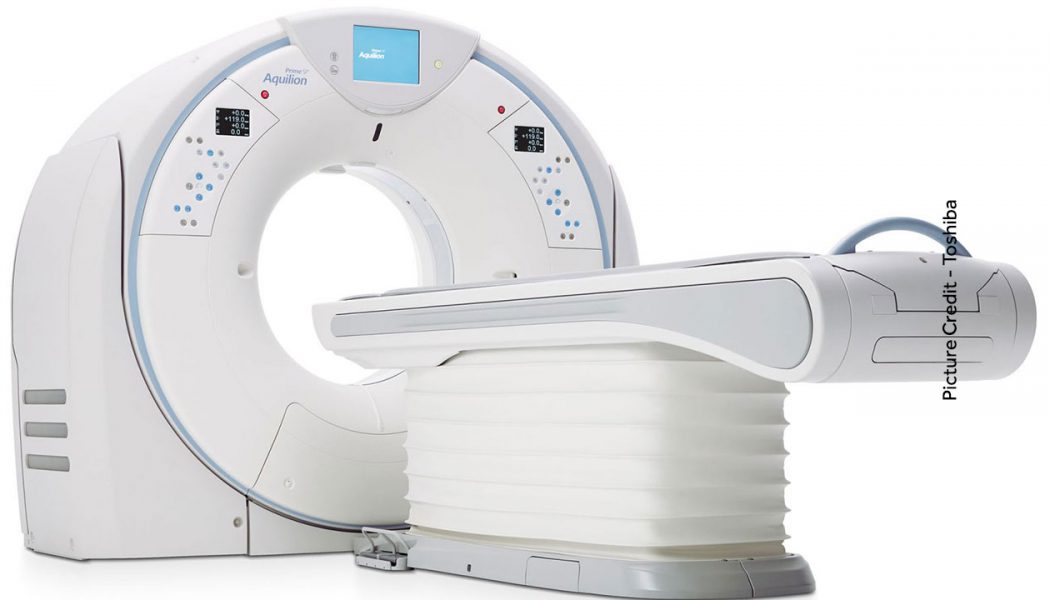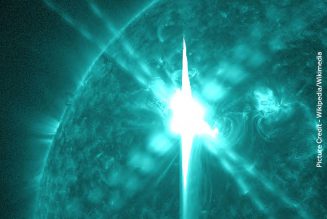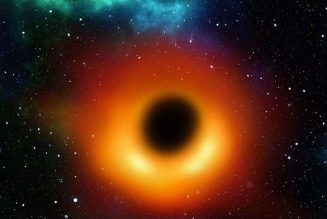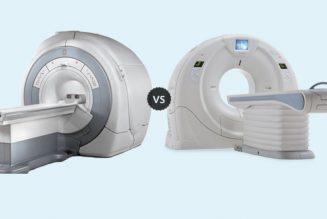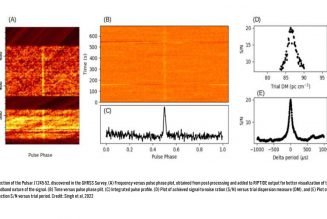We know that CT Scan (Computerized Tomography) or Computerized Axial Tomography (CAT) Scan is an equipment used in the Noninvasive Medical Diagnostics. But how does it work? The CT Scan combines data from several X-Rays to produce a detailed image of the internal body structure.
A CT Scan equipment emits a series of narrow beams through the human body while it moves through an arc. It allows doctors to see inside one’s body as it creates pictures of the Organs, Bones and other Tissues. The scan produces a much clearer and detailed image than the regular X-Ray.
How does it work
A narrow X-ray beam circles around one part of the body and provides series of images from many different angles. A Cross-Sectional picture is created by a Computer from these images. It is normally a Two-Dimensional (2D) picture but the data can also be used to create Three-Dimensional (3D) pictures.
This process is repeated, thus producing a number of slices. The computer stacks these scanned images one on top of the other and creates a detailed image of the Organs. Surgeons use the CT Scan to look all sides of a Tumor to prepare for an operation.
The CT Scan is done by a Radiology Technologist in a hospital or a Radiology Clinic. You may be advised by the doctor not to eat or drink for a few hours before the procedure and you need to wear a hospital gown as well as remove any metal objects like Jewelry. You will then lie down on a table inside a large Doughnut-Shaped CT Scan machine. The Table slowly moves through the scanner and X-Rays rotate around your body. You will hear a whirring or buzzing sound during the process. You have to stay still as movement of the body can blur the image. You may also need to hold your breath at times. The duration of the scan depends upon the parts of the body being scanned. Normally it takes up to 30 minutes.
We have already discussed about the differences between a CT Scan and an MRI in one of our previous articles. There are pros and cons of doing a CT Scan which are also discussed in the article.
